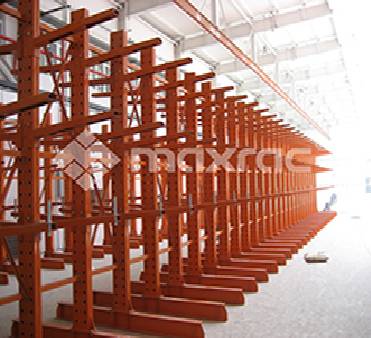As one of the most basic warehousing equipment in the logistics process, storage shelves are widely used in commercial logistics, pharmaceutical and chemical, machinery manufacturing and third-party logistics. They also maintain good development in the food and beverage, new energy and automotive-related industries. As the upsurge of warehousing and logistics construction in the e-commerce industry fades, the demand for traditional e-commerce shelves has fallen sharply. In contrast, the demand for shuttle-type dense storage shelves and loft platform shelves is relatively stable, and the market size is basically the same as before.
Warehouse rack manufacturers believe that whenever inventory management involves warehouse racks, there are always too many options. Each method, each the system, and each counting method has its own advantages and disadvantages, not to mention the changes they make in the warehouse. Although you may already have a suitable method or are considering a new method to help the warehouse better organize, for warehouses of any size, real-time inventory tracking is an increasingly popular choice, such warehouses need to be fast Display inventory accurately to better maintain sales trends and inventory requirements.
By using the Warehouse Racking system in real-time inventory management, you can easily get updates on inventory changes at any time without having to rely on pre-planned inventory counts to ensure that all inventory is up to date. This can reduce the time to track products and, most importantly, prevent customers from being out of stock when shopping. The advantages of real-time tracking to the warehouse.

1. Reduce overall inventory levels
This may sound counterintuitive, but real-time inventory management can help you maintain more operational inventory without having to use more traditional methods to create excess inventory. Real-time inventory management can better understand the current inventory situation, prevent over-ordering of products that cannot be transferred quickly, or focus on storing products that continue to be sold; better prevent the accumulation of sluggish goods and make changes in the warehouse Much confusion.
2. Improvement of real-time ordering
Due to the needs of e-commerce, many warehouses rely on real-time orders to help replenish (mostly slow or sold out products) to keep up with customer needs. By using real-time inventory tracking, you can better understand when you need to place these orders and keep your inventory at an ideal operating level to meet customer needs as quickly as possible.
3. Reduce space usage and better product organization
Similar to the first point, the use of real-time inventory tracking can reduce the used space on warehouse shelves and make organizational structures easier. The overall decline in unused inventory will help better prioritize products stored on shelves and pallet shelves.
4. Improve order accuracy
Real-time inventory processing not only allows you to understand the current inventory situation more clearly, but also helps you deliver products to customers faster and reduce errors. Increased awareness of existing inventory will help prevent order errors, reduce the possibility of incorrect shipments, and allow customers to better understand inventory and current available inventory.